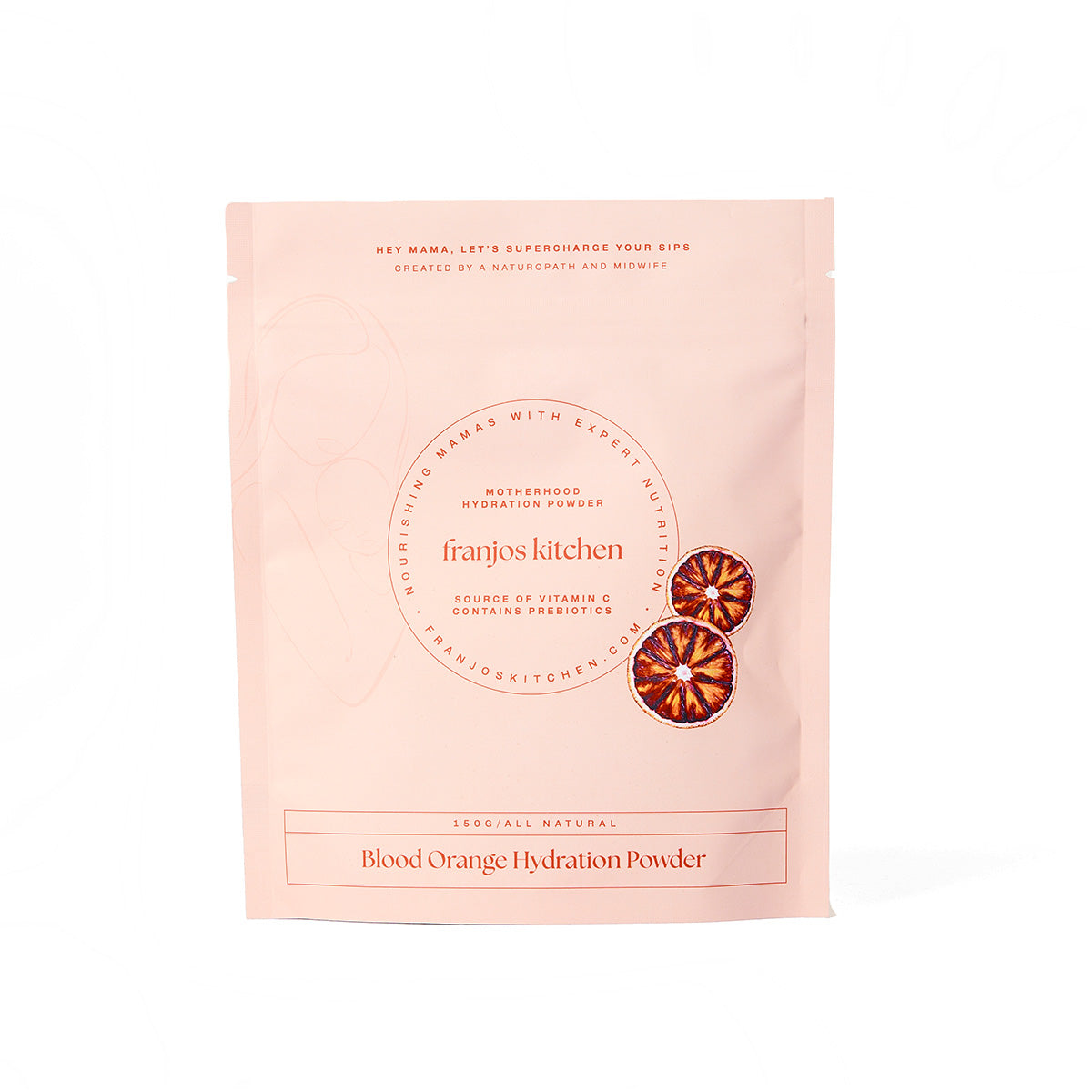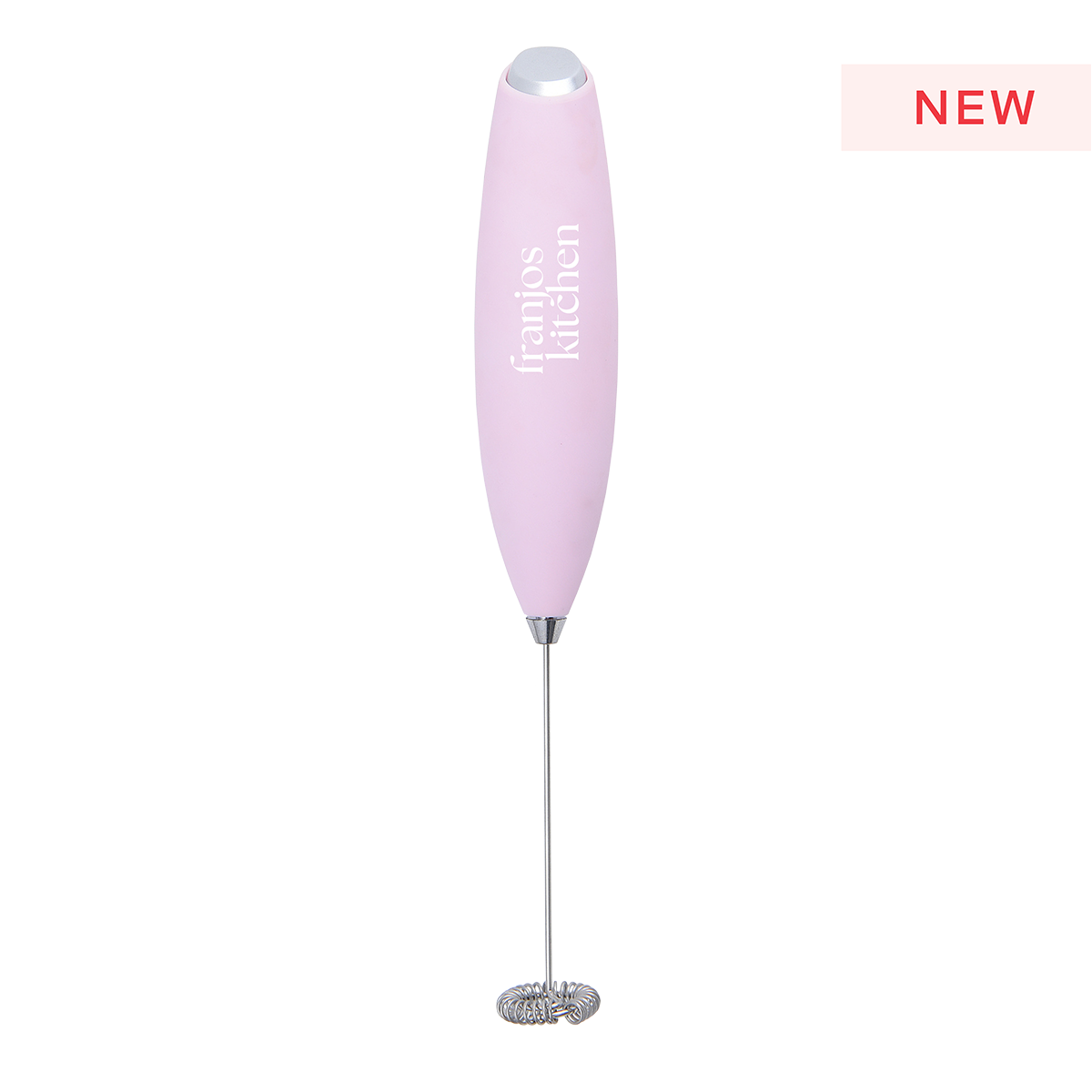Recovering From a Vaginal Birth
Recovering from a vaginal birth
Yay mama you did it- you pushed a human being out!
When recovering from a vaginal birth it’s important to be kind to yourself and remind yourself that you just birthed a baby and are going to be sore. Your healthcare provider will give you tips and information regarding what to do after birth to allow your body to recover. But, as always it is beneficial to do your own research. Remember knowledge is power.
Recovering after a vaginal birth is very dependent on the length of your labour, if you have a perineal tear, what degree perineal tear you have or if you have an instrumental delivery (vacuum or forceps). Below are some vital points regarding recovery after a vaginal birth.
- Re-hydrate after birth. Going through labour and pushing out a baby is really hard work and your body needs extra hydration after birth. Staying hydrated will prevent headaches and is really important if you are breastfeeding. Drinking more water will also help dilute your urine so it doesn’t sting as much on urination, especially with stitches. If it does sting, you can either wee in the shower or use a squirt bottle with water in it to use on the toilet while you are urinating. Add a scoop of our Motherhood Hydration Powder to your drink bottle, it's 100% natural and tastes delicious, ensuring you drink more.
- Side-lying is important after a vaginal birth for your comfort and the healing of any tears. Laying on your side gets the pressure off your perineum and bottom, the area that will be the most tender after birth. Sitting upright often means fluid can pool down at your perineum and cause more swelling and pain. Lay on your side as often as you can, even breastfeed your baby side-lying - ask your midwife how!
- In the early days after giving birth my advice is ice, ice and more ice. Putting ice on your perineum will help reduce swelling and bruising in that area, but also dramatically decrease any pain. The most important point regarding ice packs is; only apply them for 10-20 minutes at a time, and only use ice packs for the first 3-4 days after giving birth (long term ice use can impede healing of your perineum).
- Don’t be afraid to take simple analgesia for pain relief after giving birth. It is important to be comfortable and out of pain so you can move around and effectively care for bub. Your midwife or OB should recommend pain killers to take after birth if you are feeling uncomfortable and sore. Generally, simple paracetamol or ibuprofen works well. If you need stronger pain killers, talk to your healthcare provider.
- If you have a perineal tear, knowing how to promote healing for your perineum is key to your recovery. Ensure your perineum is clean and dry as much as you can. Shower at least once a day, wash with warm water, don’t directly wash or scrub the area and pat dry. The general recommendation is to change your maternity pads every 2-3 hours to prevent infection. The stitches used should dissolve, and sometimes you may notice a stitch that has come out and is on your pad, don’t panic it is a sign your wound is healing. Swelling and pain are normal in the first 7 days, although after the first week if your perineum is increasingly sore or you have increased swelling, odour or discharge, see your doctor or midwife as soon as you can and get it looked at.
- Vaginal bleeding is normal for 6 weeks postpartum, and can be referred to as lochia. Bleeding will be moderate for the first 2-3 weeks before it will lighten and then eventually become spotting. By 6 weeks postpartum, when you have your review with your healthcare provider, you should have light spotting or no bleeding at all. If you are experiencing heavy loss, filling a maternity pad in less than 1 hour, or noticing large blood clots (bigger than the size of a golf ball), you need to call your healthcare provider, present to hospital or call an ambulance. Bleeding heavily postpartum (especially after discharge) is serious and you need medical assistance as soon as you can.
- The first bowel motion after giving birth is never as bad as you think mama. To help move things along and prevent it from being uncomfortable, it is recommended to increase the fibre in your diet, drink lots of fluids and gently move your body as soon as you can after birth. If it has been more than 3-4 days after birth and you don’t feel that things are moving yet, you can take some stool softeners or laxatives to assist. Passing flatulence or wind is a good sign that things are moving along in the bowel. Snack on nutrient-dense, whole foods like our Tanker Topper Cookies.
- Physical recovery will take time, be gentle to your body. Your healthcare provider and physiotherapist will guide you on how slow to take things after birth, depending on how it unfolds for you. A physiotherapist should review you before you leave the hospital and give you recommendations and exercise to focus on in those first 6 weeks postpartum, including when to commence pelvic floor exercises. Take it easy when commencing physical exercise after birth, ease yourself into it with walking and then slowly build up to your normal exercise, remembering to be kind to your body. Avoid strenuous and high impact exercise for 12 weeks postpartum. Also give your body time to heal before returning to sexual intercourse after birth, which is at least 6 weeks postpartum, or when you feel comfortable
- Support is necessary postpartum no matter what kind of birth you have. In the antenatal period write down a list of people that will be your village. Your village will be very important through the postpartum journey raising your new bundle of joy. These will be people you can call on for support, to drop around meals and help you with washing or to clean your house. Your village needs to be people you trust, feel comfortable with, have your best interest at heart and will make things a little easier for you and your partner. They will help you through feelings and changes postpartum, including times you are down and struggling. Use them and call on them whenever you need, for whatever you need.
What helped you in your recovery mama?
Blog written by midwife Aliza Carr from Bumpnbub.
Incredible image by @rewildherbirth



